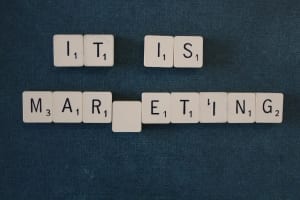How 3D visualization can be a key marketing strategy

You want to stand out from the crowd and also from your competitors, which can be tricky in itself. How can you do this? You could consider using the techniques that some of your rivals might not have, such as 3D vizualisation. This may become more common as technology evolves, so get ahead of the curve and see why you may want to use 3D visualization in your marketing strategy.
It’s a bit different
Although the novelty factor that is linked to an application will wear off over time, people will try to get the most out of it until then – and can end up with great results. This technology may still be relatively new, but more innovation will follow in time. So, start using this now and you will benefit from it in the long term.
It can help with 3D thinking
Your marketing may have been displayed as a two-dimensional interface – but now you can take this to a new level. People can now visualize your marketing in 3D, rather than just in 2D, and you will get a significant benefit from this. This could even include realistic 3D property CGI images.
You can use it in virtual tours and demonstrations
You have the chance to use new ways to engage, connect with and delight your customers by using 3D environments. With virtual tours, you have the opportunity to use immersive video experiences, especially in areas such as real estate, and other industries.
Having a 3D experience can help you put a customer inside or outside of a virtual sphere. Again, you have a great chance to demonstrate how a product can work or to show its benefits.
Use it in sales presentations
Sales teams are relying more and more on using items such as tablets and other mobile devices when presenting to customers. So, by using the capabilities of these items and 3D technology, you can help to present complex information in new ways. If you want, you also have the opportunity to make promotional games that give audiences a realistic experience of a product or service.
Avoid costly errors
In industries such as real estate, for example, you can use 3D visualization to help you to check any flaws on a model before you finalize any details. This means that you can view the result before the product is created, and any issues can be solved beforehand. You’ll be able to save money, resources and time by doing this.
You keep your clients happy
Being able to present a client with a virtual tour of their item will please them. They have the opportunity to see the interactive visual product before the structure is built. Designers can also benefit, as they can show customized building designs, and they can easily make changes at no extra cost.




